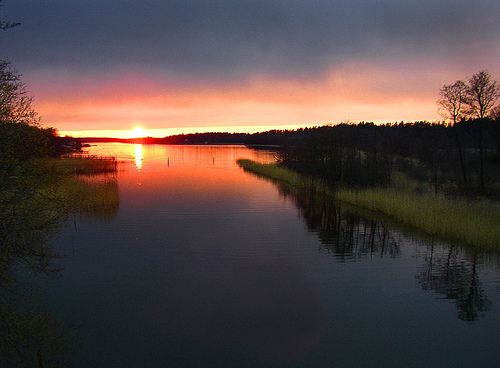Digital cameras have become an increasingly popular gadget for people of all age groups. Parents use them to chronicle day-to-day family experiences and milestones in their children's lives; teenagers and young adults take pictures with friends and post them on the Internet, grandparents capture moments with their grandkids; and even young children explore the world around them through the lens of a camera.
Many people enjoy using digital cameras, but few realize the importance of cleaning and maintaining them. Although digital camera prices have fallen, they are still investments that need to be cared for and protected. You can buy the most durable camera on the market, but without proper maintenance and care, it is simply not going to last. However, by taking a few simple steps you can ensure that your digital camera will last almost as long as the pictures you take with it.
Read the rest of this entry »










